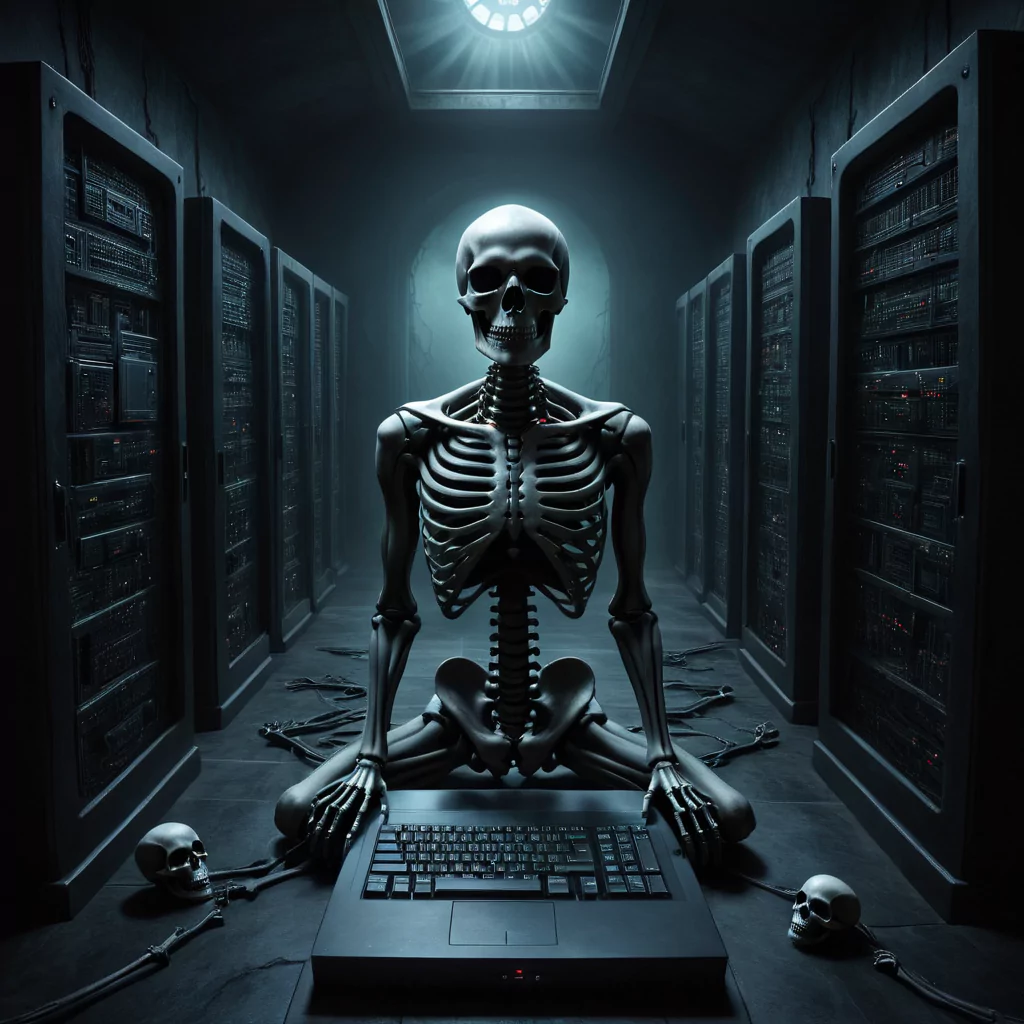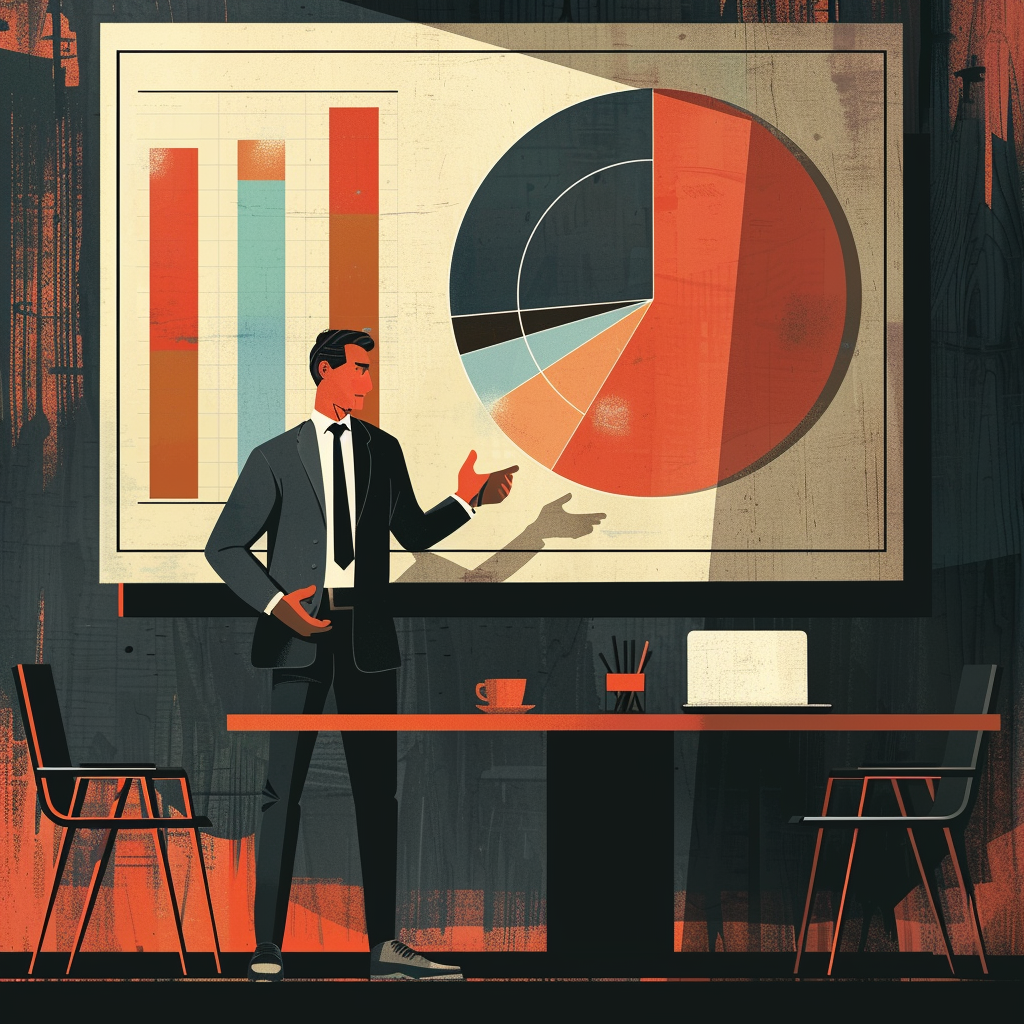Struggling To Create Prompts? Check Out Our Guide
This article has been created to give you some tips on how you can write some high quality stable diffusion prompts. It will show you the keywords uses and examples of the prompts. We do hope this guide helps you create your very own pictures with stable diffusion.
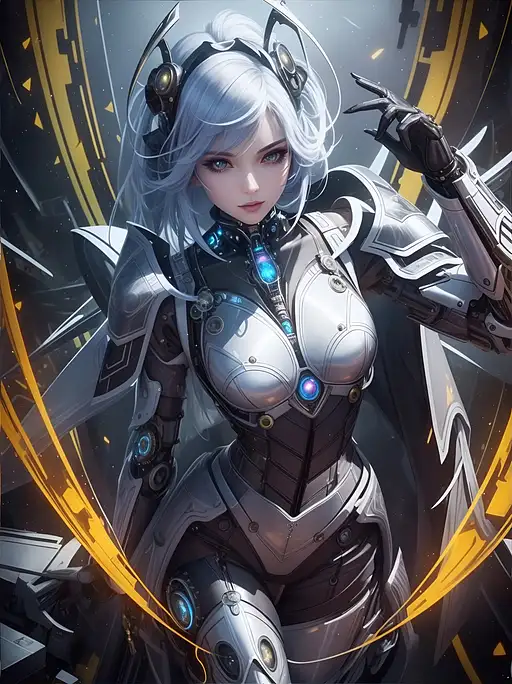
Stable diffusion is a free to use and open-source Artificial intelligent (ai) image generation program. It uses what are known as text prompts to create images. With the aid of this high tech text-to-image model, users can quickly turn their ideas into complete works of art, in a matter of seconds.
If you have ever had the chance to use an AI image generator, you will be aware that a correctly worded prompt is key to generating a high quality image. Programs like Midjourney, Dell-e and even stable diffusion rely heavily on this method of generation. Some of these tools also use the method of a “negative” prompt to help fine tune their images.
Prompts are the main supporting pillar of your creative art work and a weak prompt will give weak results. In order for you to create those stunning beautiful images that only you can see inside your creative mind. Well then you are going to need to master the craft of prompt engineering. This will require a certain level of skill and of course knowledge with prompt making.
If this is your first time using stable diffusion or perhaps you are not an expert at writing stable diffusion prompts, well don’t worry we are here to help you. This article has been setup to show you some tips and tricks of how you can write some excellent stable diffusion prompts.
Writing a Good Stable Diffusion Prompt
Let’s say you have created a prompt. You think, you have created the next best thing. It coves all the bases but you can’t quite understand why it’s not generating the images you want to see. Well did you try following these tips below?
Start with a Clear Statement
When we fist start to generating images with stable diffusion we want to be clear with our initial message. This can be tweaked over time, but our first generation should be something clear. The idea here is that you want to see how stable diffusion generates this precise message.
“A woman walking down a road” – this prompt is giving stable diffusion a straight forward prompt. We are not adding anything else to the image here, we just want to see how it generates the picture. This is of course step one of creating a good prompt with stable diffusion.
We speak more about how to create your own characters in our guide How to create your own characters with stable diffusion. This might help show you the process of prompt engineering.
Use Open-ended Questions
Open ended questions are questions that can’t be answered with a simple yes or no. That makes them perfect for stable diffusion, we want it to be as creative as possible. You could write a prompt like
“a man sat down in an art gallery pondering the meaning of life. He is surrounded by concerned worried people”
We really want stable diffusion to run away with our prompt and create something unique and different. If you don’t like what you see you can fiddle around with stable diffusions parameters or try writing your prompt differently.
Be Wary of Biased Language
Now this really depends on what kind of image you want stable diffusion to make. Biased language can limit the AI tools creativity and make the overall prompt be a little on the restrictive side.
If you want something to look exactly the way you want, then use biased language. If you want to have more creative images created for you try natural language. This should encourage stable diffusion to create someone a little bit more experimental. Sometimes it works out, sometimes it doesn’t you just need to play around a little with your stable diffusion prompt.
Provide Context
This needs to be shouted from the rooftops. This AI generative art tool like many others relies heavily on user prompts. If you don’t provide it with context it’s going to just choose whatever it wants.
You can be as descriptive as possible here, it really is up to you on this one. Here is an example:
a girl, Standing with arms crossed and a serious expression, looking down at the ground, in the nighttime, skinny, abs, ribs, flat chested, small breasts (perfect anatomy), (detailed eyebrows, beautiful eyes, realistic skin, detailed face:1. 3), A-line skirt, small crop top, Black shiny hair, Short Messy hair, (intricately detailed post apocalyptic ruins ((intricately detailed rusty decayed overgrown building)) , ultra realistic, concept art, elegant, highly detailed, intricate, sharp focus, depth of field
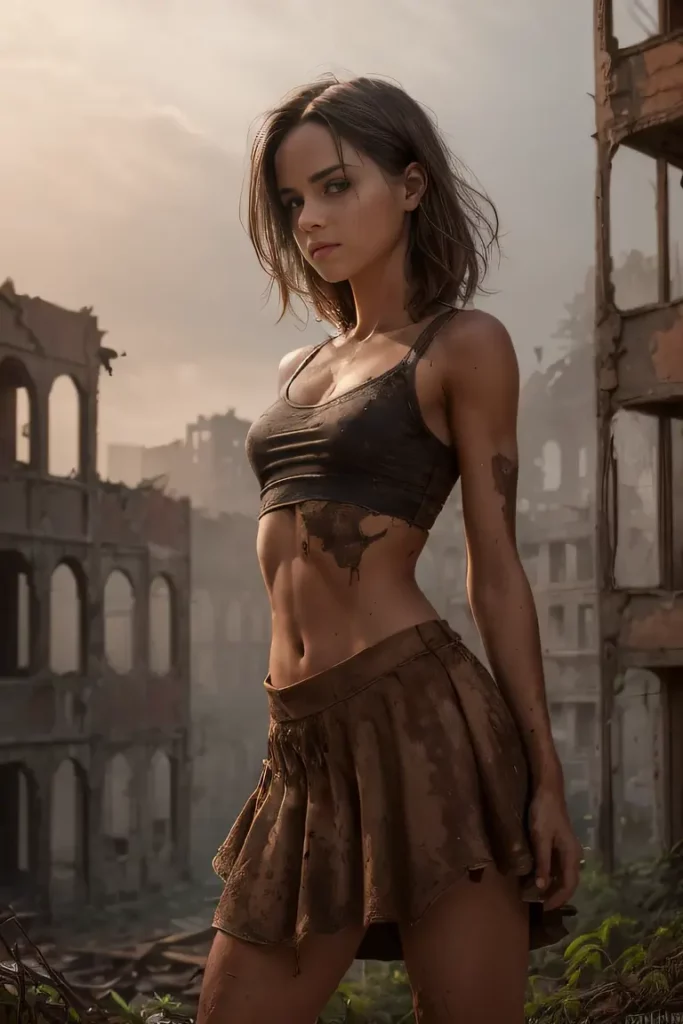
As you can see what may have started off as a girl standing with arms crossed, has now grown into something way more descriptive. This is a good way to direct stable diffusion to create the image you want to see, not the image it wants to create.
You can make your stable diffusion prompts as creative as you like, of course it does not always turn out great but from time to time, you can create some really amazing images with this AI technology.
Be Specific
Some other AI generative art tools may not require you to be specific. Midjourney for example can create some stunning images based off of small prompts. Well when it comes to using stable diffusion you need to be specific with your prompts in order to get some really good results.
If you want to see something in your image then let the program know this. If you want your character to have a scar below their left cheek tell it “scar below left cheek, slightly faded”. If you do not add these little peices of information to your prompts, you will not see them in your generated images.
A good prompt to add is a certain artists style or perhaps a camera that was used to take a photo here is an example below:
ultra realistic, concept art, elegant, highly detailed, intricate, sharp focus, depth of field, f/1. 8, 85mm, medium shot, mid shot, (centered image composition), (professionally color graded), ((bright soft diffused light)), volumetric fog, trending on instagram, trending on tumblr, hdr 4k, 8k,
Without the use of being specific you will create some pretty basic images. Sure it might seem like hard work but once you have perfected this method of prompt writing you will find you save your prompts more. This is because you will use them again on other images.
Test Your Prompts
Next time you see a stunning image created with stable diffusion, take a moment to realise that, that was the result of 100’s of images created. These images are known as trial and error. It can take a very long time to create the perfect prompt for your images, but once you do it feel great!
So don’t give up on your prompt writing. Please be aware it’s not uncommon to bin some keywords completely from your prompt or to even add the keyword twice to see different results. Keep playing around until you find the perfect image you are wanting to see.
Perfect The Negative Prompt
This is something a lot of new comers forget when creating stable diffusion prompts. The negative prompt as times is actually more important than your standard prompt. Here is an example of one written out for you to analyze:
duplicate, morbid, mutilated, out of frame, extra fingers, mutated hands, poorly drawn hands, poorly drawn face, mutation, deformed, blurry, dehydrated, bad anatomy, bad proportions, extra limbs, cloned face, disfigured, gross proportions, malformed limbs, missing arms, missing legs, extra arms, extra legs, fused fingers, too many fingers, long neck, username, watermark, signature
as you can see there is a lot of information you can put into a negative prompt, all in an attempt to remove certain things from your image. Please note you need to tell stable diffusion exactly what you don’t want to see in your image. It really does improve the quality of your image generations.
What Are the Key Words You Should Use In Your Stable Diffusion Prompts
In order to perfect your prompts and recieve some high quality images created with stable diffusion you will need to enter certain key words through your prompt. Please note we don’t mean keywords we mean KEY WORDS. I.e Subject, style, artist and fine details.
This will add more quality and detail to your overall image. Without using these within your prompt, you are going to have a hard time generating high quality images:
Subject. The subject is what you want the be in the overall image. One of the most common mistakes when creating prompts is that people don’t use enough detail when describing the subject. They tend to put more effort into the surroundings, this is wrong, focus on your subject piece first like you would a work of art. Some users might use the name of a famous person as a basis to begin with.
Style. This is the overall style of your image. Do you want it to be 3D, an oil painting or look futuristic? the choice is yours, but you need to clearly state this when creating your prompt. We have a huge prompt megalist for Midjourney, people don’t realise the keywords also work for stable diffuson.
Artist. This is a very strong modifier it can change the overall appearance of an image by just quoting a particular artists name. This is great if you want a certain appearance of your overall image. It’s not uncommon for a prompt to contain multiple artists names.
Fine Details. This is like adding a dah of powedrerd sugar on top of a cake. Sure the cake is there but without those fine detail would it really taste the same?
This is where you are going to want to add adjectives to set the scene of the photo. Try words like beautiful scenery, spooky ambiance, a dark alleyway etc. This will add more depth to your image. You can also add colour tones and lighting effects, which we feel really makes your image stand out. Lack of correct use of lighting can make the difference between a bad image and a good image.
If you are really lazy and still struggling to create the perfect image, well we would love to tell you it’s actually pretty easy to do so. You can use what are known as LoRAs these are special files that are trained on images. There is pretty much a LoRA file for anything you could dream of you just need to know where to find it.
Want a pixar style image? well there is a LoRA file for that, we speak more about how to use LoRa files in our guide.
Some Of The Best Stable Diffusion Prompts Examples
Here are some prompt examples for you to try yourself:
Spider Gwen
Looking to create your own comic book style character? well why not try this prompt.
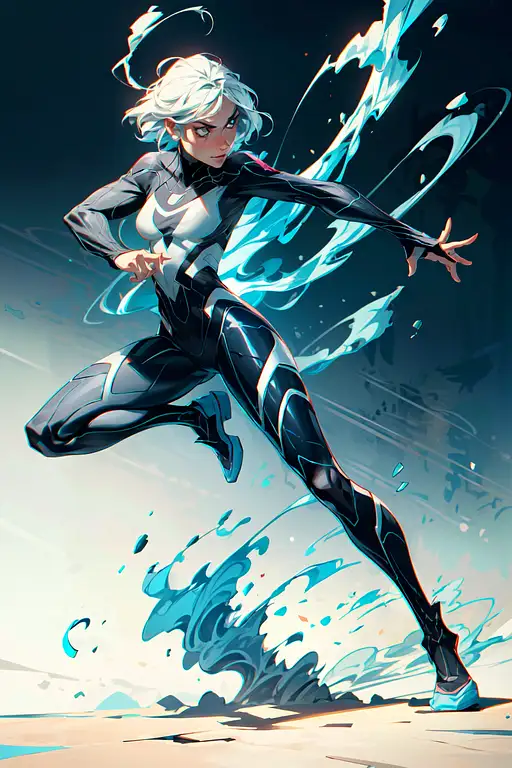
(1girl, full body), (spider Gwen), action scene, dynamic pose, dramatic lighting, (photorealistic, photorealism:1.5), (8k, RAW photo, highest quality, masterpiece, ultra-high resolution, physics-based rendering),
Negative prompt: (monochrome, grayscale), (bad_prompt_version2-neg, badhandv4, By bad artist -neg, easynegative, negative_hand-neg, ng_deepnegative_v1_75t, verybadimagenegative_v1.3)
Female Samurai
Want to create your very own female samurai character, try out this prompt:
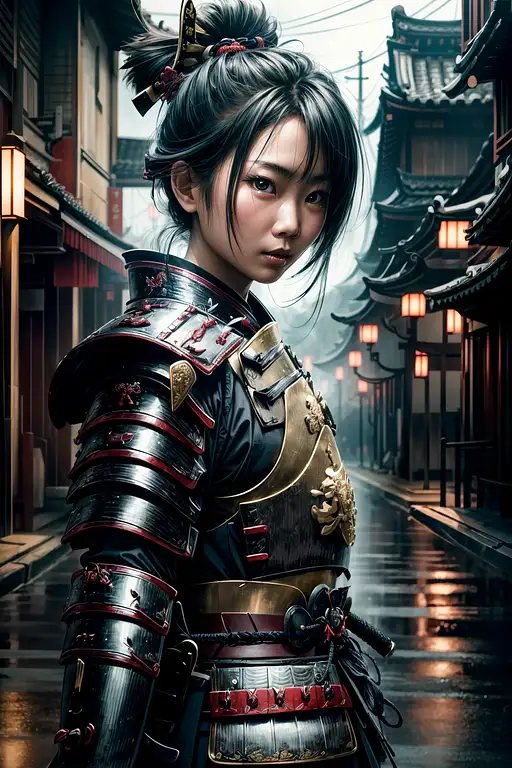
(Asian girl wearing intricate samurai armor:1. 5), dark rainy city, (dynamic pose, action scene), (lumen reflections, best illumination, dynamic lighting), (ultra highres, realistic, photo-realistic, 8k, raw photo, hyperrealism, photography, depth of field),
Negative prompt: (monochrome, grayscale), (bad_prompt_version2-neg, badhandv4, By bad artist -neg, easynegative, negative_hand-neg, ng_deepnegative_v1_75t, verybadimagenegative_v1.3)
How About Something More Realistic?
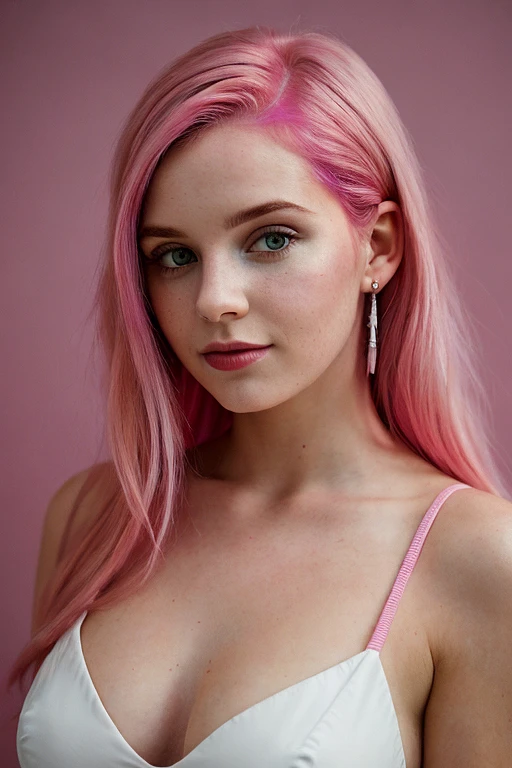
Portrait of a pretty young woman with magenta-lite pink hair, film grain, high quality, studio shoot, Nikon D850
Negative prompt: Asian, Chinese, (epicnegative:0.9)
Please note stable diffusion needs to be told exactly what to remove from your image. The negative prompt can look negative, but it is just ensuring we target a particular person in our image.
These are just 3 examples of prompts you use to make your very own images with stable diffusion. Play around with the prompts we have provided you with and see if you can create something a little more your style. Your only limitation is your own creative mind.
Some of the prompt above have used custom model files and negative extensions, please bare this in mind when creating your images.
Conclusion
We do hope with this brief guide you now know how to create amazing prompts with stable diffusion.
We know at times it can be quite hard to create images with this new AI technology, but the more you use it and the more prompts you create. The easier it gets.
What did you think of our guide has it helped you with creating your own prompts with stable diffusion? let us know in the comments below.























